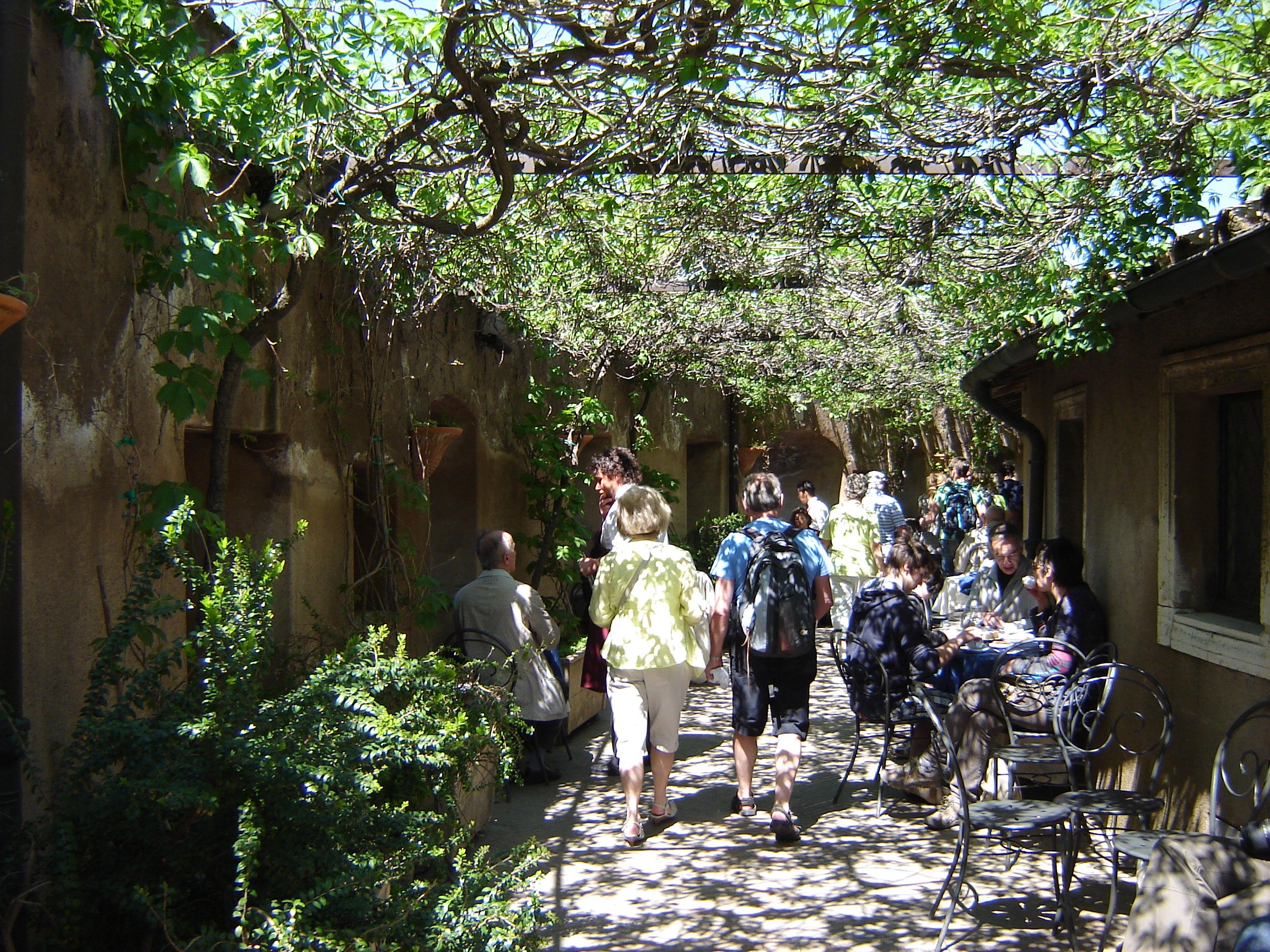ROME, ITALY
Exploring a city like this is simply not possible in a day. Hell, it's not even really possible in twenty days.
Still, I gave my all-out best during a 24-hour stopover in Roma en route to Turkey and walked until my feet ached in my crappy old sandals. More sights, fountains, churches, statues, monuments and steps than you can shake a stick at.
Castel Sant'Angelo
The round stone keep (which is also called Castle of the Holy Angel or The Mausoleum of Hadrian) was commissioned on the banks of the Tiber river by Hadrian to be the resting place for he and his family. The structure was later used by popes as a fortress and castle. Sant'Angelo was also used a prison and executions were performed in the courtyard.
The Pantheon
The 'Temple of all the Gods' was rebuilt by Emperor Hadrian around 126 AD after the structure on its site was destroyed by fire. Somewhat unremarkable from the outside, its interior is truly astounding. The patterned inlaid marble on the floors, more coloured marble reliefs in the walls and the overall detail of this cylindrical building is just mind-blowing.
Then you look up at the domed ceiling and the sky through the open oculus and wonder how something so incredible was built without computers, calculators or modern technology.
I could have spent hours in this place. Absolutely one of the most impressive structures I've ever seen and without doubt, the highlight of my Roman wander.
Walkabout in Roma
Bridge at Sant'Angelo over the Tiber, Fountains & Obelisk at Piazza Navonna, Santa Maria Sopra Minerva Church, Roman Forum, Victor Emmanuel ll Monument, Arch of Constantine and the Spanish Steps.
The Colosseum
Arguably Rome's biggest drawcard, construction of the massive oval stone amphitheatre began in 72 AD and was completed 8 years later. It could hold 50 to 80 thousand bloodthirsty spectators at various points in its history. Famed for hosting gladiatorial contests and public spectacles including animal hunts, executions, re-enactments of famous battles, and dramas based on Roman mythology.
The grand old skeleton still stands pretty proud. Hard not to be impressed by it.
‘Pollice Verso’
An 1872 painting by French painter Jean-Léon Gérôme; the title translates as "with a turned thumb".
Used in the context of gladiatorial combat, it refers to a hand gesture or thumb signal used by ancient Roman crowds to pass judgment on a defeated gladiator.







































































